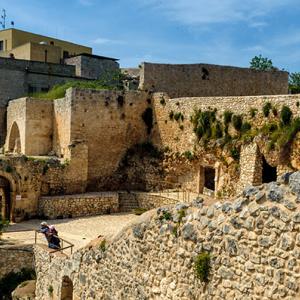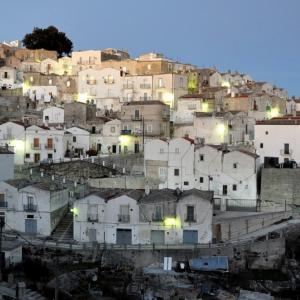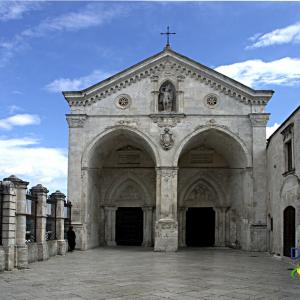What are gpx files?
Gpx files allow you to read and exchange georeferenced data with software applications and devices. They contain information about waypoints and routes about which latitude, longitude (and possibly also altitude and time stamp) are known.
How to use gpx files
To use gpx files you need to download them first and then upload them on your own device. Depending on your the device, the files can be uploaded automatically (once the gpx file is downloaded,a guided installation and visualization procedure is launched on your device) or manually (copying and pasting the downloaded gpx file into a the folder on your device where tracks are normally stored, usually the My Tracks folder).
In addition to GPS navigators, you can also install and view these files on public software like Google Earth. To visualize gpx routes on Google Earth, all you need to do is open the program, click on menu File and select Open to find your file and load it on the map.

 View Interactive Map
View Interactive Map






